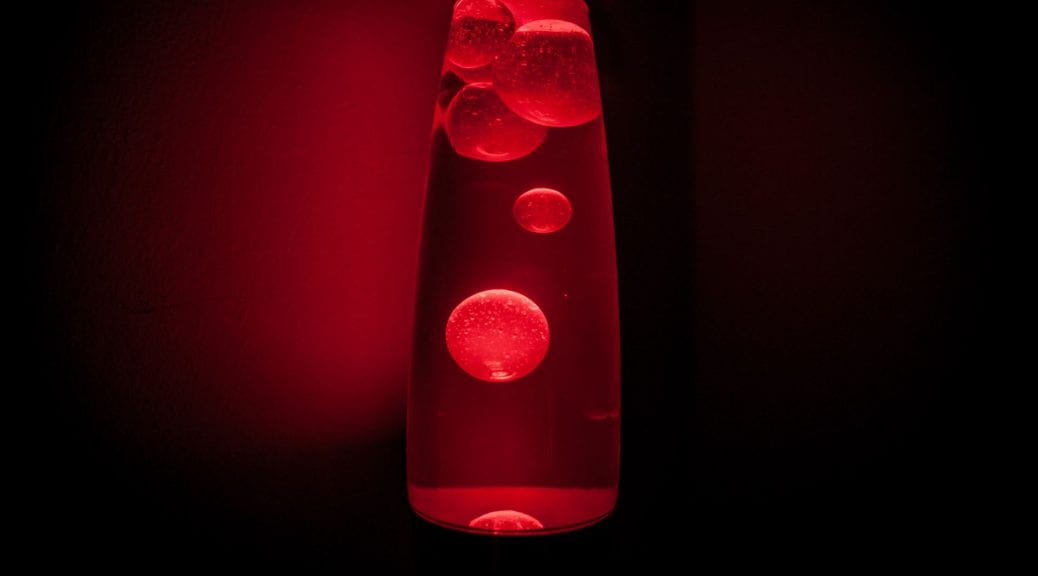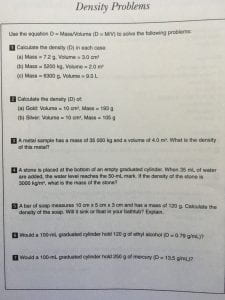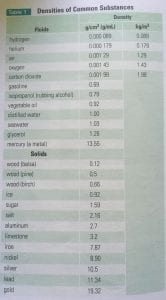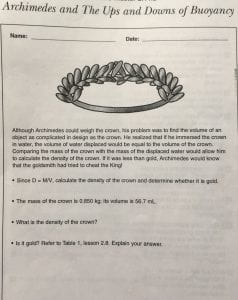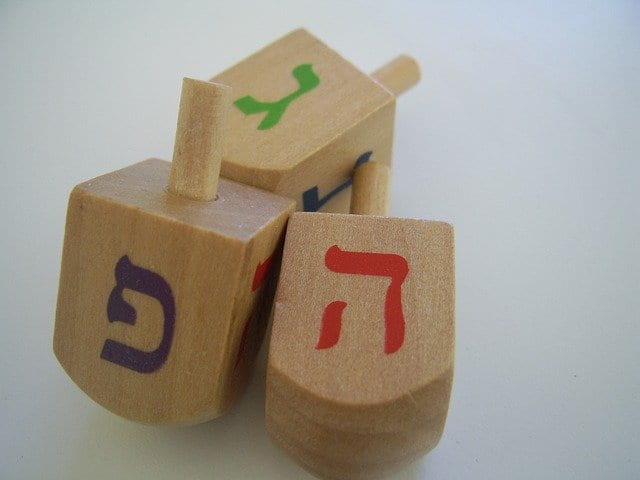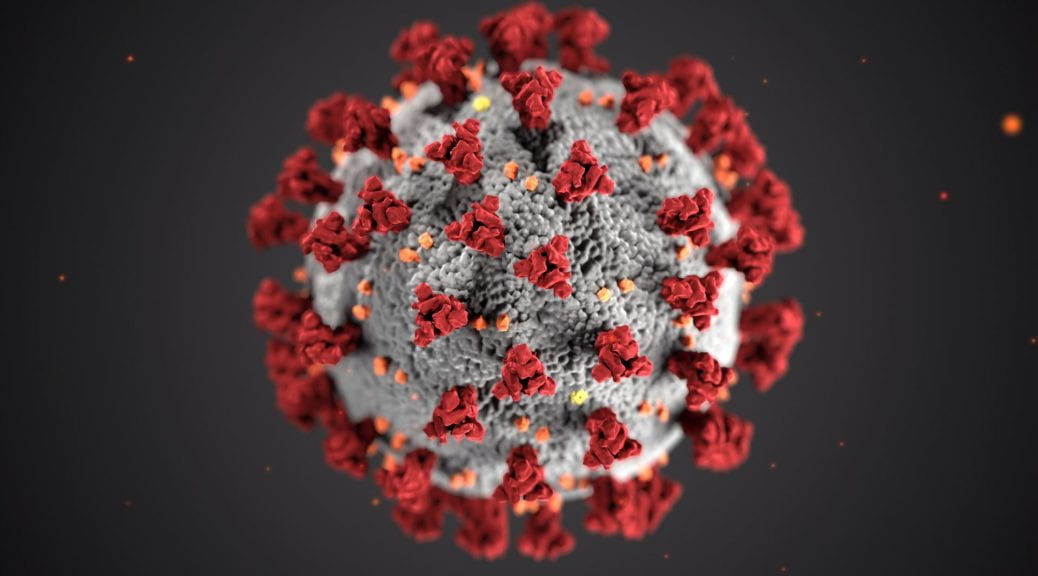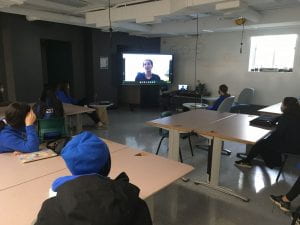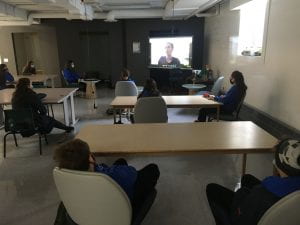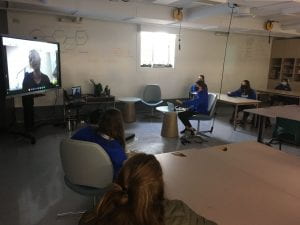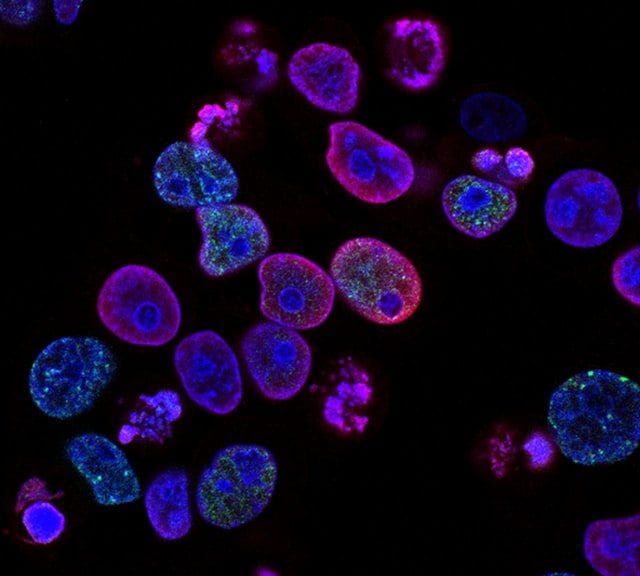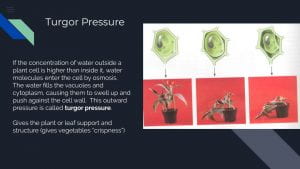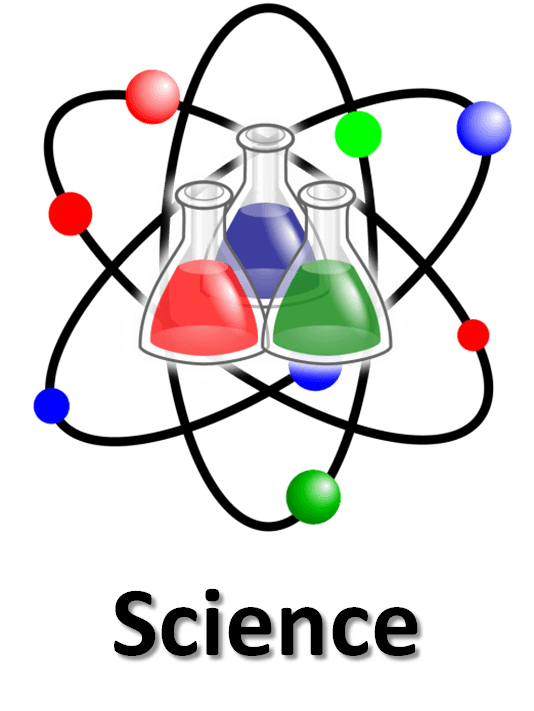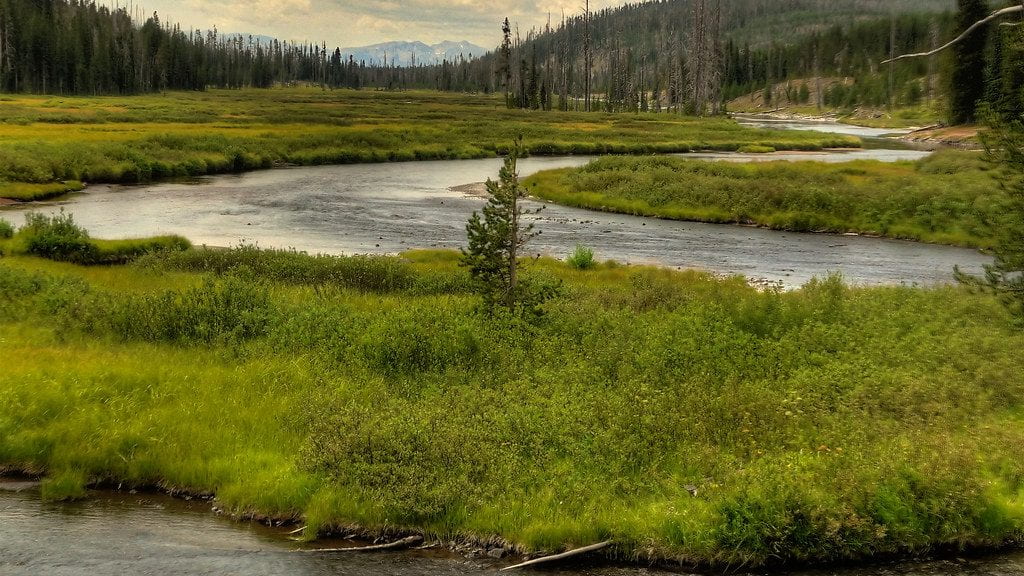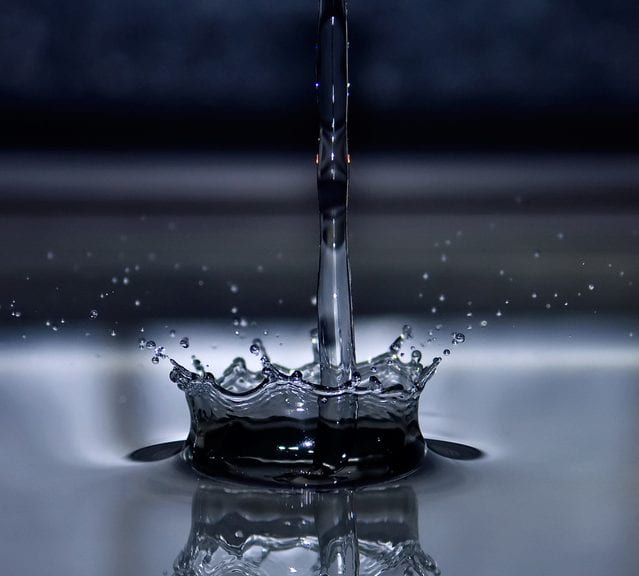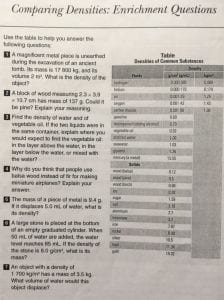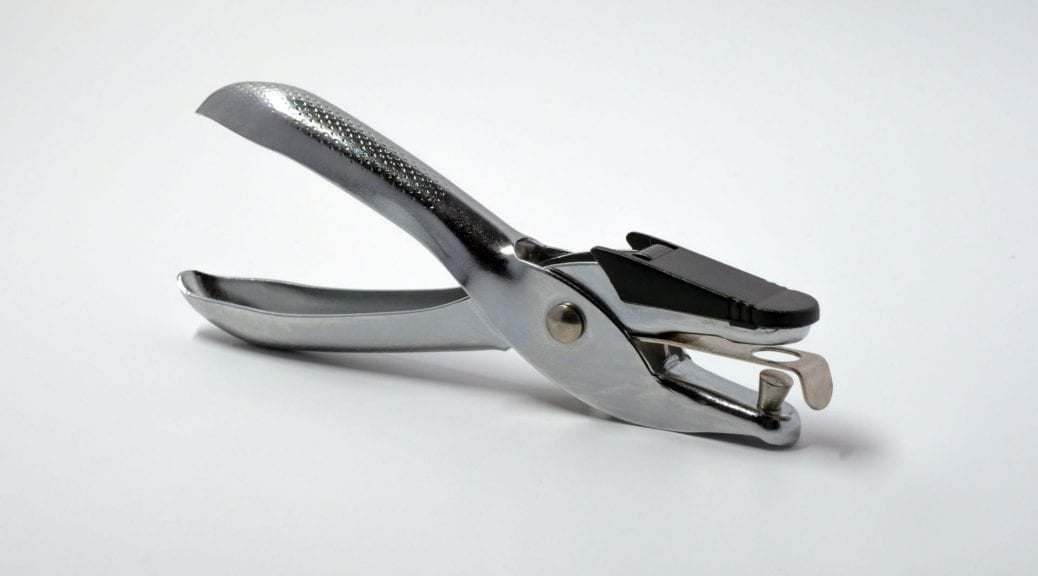
Gr. 8 – Systems in Action
All of our Systems in Action unit resources will be posted here and broken down into 3 sub units; Introducing Systems, Getting to Work, and Designing Efficient Systems.
Introducing Systems
1.1 – Types of Systems
1.2 – System Components (Read and answer question 2a, and 3)
Examining Physical Systems Group Activity (In your group create a shared google doc and choose 1 system to examine)
Physical Systems Possible Solutions
Getting To Work
2.1 – Simple Machines
2.3 – Mechanical Advantage (Read and answer questions #1-4)
Mechanical Advantage Word Problem Practice Sheet
Simple Machines in Your Body Activity (Due Tuesday, February 23)
2.5 – How to Calculate ‘Work’(Read and answer questions #1, 3, 4, & 5)
Simple Machines Quiz Study Sheet – (Tuesday March 2nd)
Designing Efficient Systems
3.1 – Energy on the Loose (Read and answer questions #1-4)
3.2 – Efficiency (Read and answer questions #1-5)
3.3 – Energy, Work, and Mechanical Efficiency (Read and answer questions #2, 3, 4)
Calculating Mechanical Efficiency Practice Problems (Answer questions #1-3)
Designing Efficient Systems Assignment 1
Designing Efficient Systems Assignment 2
Lever Project Info
How to Make your Screencastify Video Tutorial
Innovation Day Self and Peer Evaluation – link
Simple Machines video worksheet – link (Due to hand-in folder at the beginning of class Wednesday April 7th)
COULD DO
ORSF (Ottawa Regional Science Fair Info) – March 27th
Students that want to enter an independent project to the virtual orsf can find all information, links, rubrics, and registration details below.
Ottawa Regional Science Fair Homepage
Important Dates (Registration closes March 26th)
How to Create your Virtual Board using the ProjectBoard software
OJCS STEAM project rubric, organizer, information, and tracking sheets
The Scientific Method broken down into parts and how to create it.
How to Write a Bibliography
Tracking Sheet to keep you on track. Have Mr. Ray initial each section you complete.
